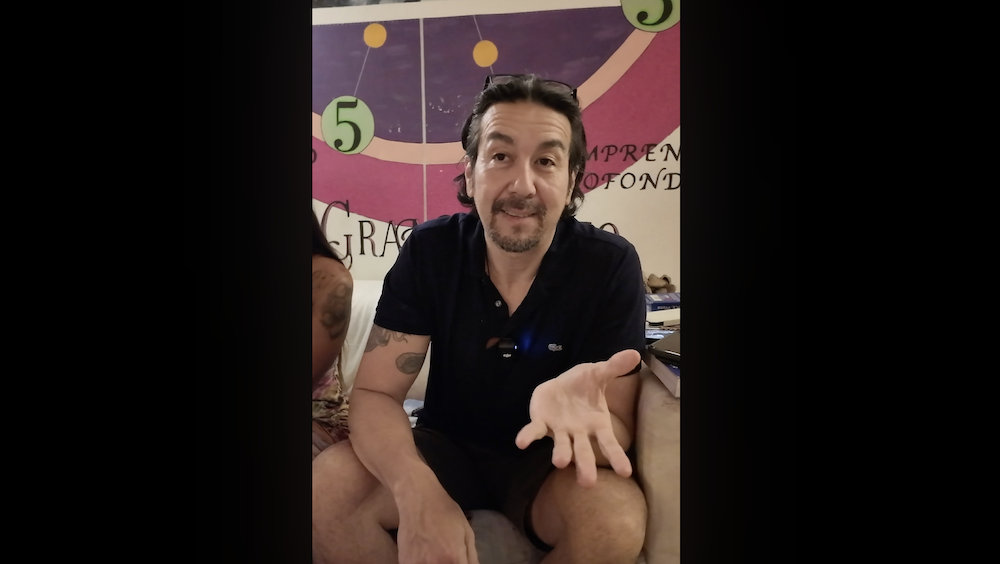Why Integration Matters
Psychedelic experiences can be profound—mystical clarity one moment, confusing or disruptive the next. Without deliberate integration, insights fade, old patterns reassert themselves, and the nervous system may remain dysregulated. Trauma science shows that overwhelming experiences imprint both brain and body; healing requires practices that restore safety, regulation, and connection, not just ideas about what happened. This is why integration is not an optional “afterthought,” but the heart of the work.
What “Integration” Really Means
Integration is a therapeutic process that helps you make sense of what occurred, embody what was learned, and reshape daily life accordingly. It blends three pillars:
- Embodied regulation. Somatic approaches re-establish the autonomic nervous system’s balance after intense states. Rather than re-telling the whole story, we start “bottom-up,” tracking sensations and gently completing thwarted defensive responses so the body can settle and feel safe again. This reduces anxiety, shutdown, and reactivity that sometimes follow ceremonies.
- Self-leadership and parts work. Many people meet inner “voices” or subpersonalities during journeys. In therapy we relate to these parts from a centered Self marked by curiosity, calm, courage, and compassion, so protectors can relax and exiled pain can be healed without overwhelm. This stance turns peak insights into reliable inner guidance.
- Mindful self-study. In the room, we slow down, observe present-moment reactions, and run gentle “experiments” that bring unconscious organizing beliefs to awareness. This allows missing experiences—like being accompanied with warmth while feeling grief—to finally happen, and the new learning to consolidate.
Evidence-Informed Methods I Use
I use an integrative approach I have been developing for the last 10 years it combines body-based trauma work, parts-oriented psychotherapy, and mindfulness.
Somatic Experiencing helps complete fight/flight/freeze impulses gradually, restoring physiological equilibrium without re-traumatization. Clients learn to tolerate difficult sensations, then emotions and meanings follow—exactly the sequence that supports durable change.
Internal Family Systems (IFS) cultivates Self-leadership so you can meet inner protectors and wounded parts with compassion rather than suppression. The “eight Cs” are not ideals to force, but qualities that naturally emerge as parts unblend and trust grows; this is especially helpful after ceremonies that surface strong inner polarities.
Mind-body trauma research underscores why we privilege embodied practices alongside talking. Yoga, breath, and mindful movement can improve interoception and self-regulation, complementing psychotherapy as you re-inhabit your body.
Hakomi (mindfulness-centered somatic therapy) frames sessions as assisted self-discovery. We track nonverbal “indicators,” invite mindful experiments, and allow emotions to complete while you are accompanied—conditions that naturally support integration.
Finding Purpose in Chaos
Turn a peak state into purpose. Confusion can arise and make you feel lost, these are normal results of the enthropic state this remedies can dive you into. Through integration you can find more order in the chaos, stabilize your rhythms, stay with the felt sense of what emerged, update your life story, repair what matters, and align daily choices with your deepest values—letting regulation and meaning work together so insight becomes action.
A Typical Integration Arc
Early sessions emphasize safety, orienting, and resourcing so your system can down-shift. We then explore triggers, parts, and patterns with mindful pacing—moving only as fast as your slowest part can trust. As regulation improves, we co-design daily practices that reinforce new neural and relational pathways: brief somatic check-ins, parts dialogues, reflective writing, and selected movement or breath exercises. Over time, clients report the initial “peak” is less important than the steady experience of being more present, connected, and self-led in ordinary life.
Is Integration Right After Any Medicine?
Whether you’ve worked with ayahuasca, bufo alvarius (5-MeO-DMT), wachuma/san pedro, or psilocybin, the nervous system’s principles are the same: establish felt safety, complete what was left unfinished in the body, relate to inner parts from Self, and then embody the meaning in daily life. The specifics of each medicine’s phenomenology matter, but the arc of healing remains consistent with the science of trauma resolution and self-leadership.
How I Can Help
I offer one-to-one integration therapy in English and Spanish, plus consultation for facilitators. Sessions can take place before and after retreats to prepare, pace, and integrate responsibly. If you are in acute distress or destabilized after a ceremony, we begin with stabilization and nervous-system care before any deep processing. The goal is not to chase peak states but to cultivate a grounded life where insight shows up in how you relate, choose, and care for yourself.
Getting Started
If you’re seeking an experienced integration therapist in Barcelona or online, you can book an initial consultation to map your goals, concerns, and context. We’ll clarify whether you need short-term support, a structured integration plan, or longer psychotherapy. Bring notes, drawings, or music from your ceremonies if you have them; they can be potent anchors for the work ahead.







